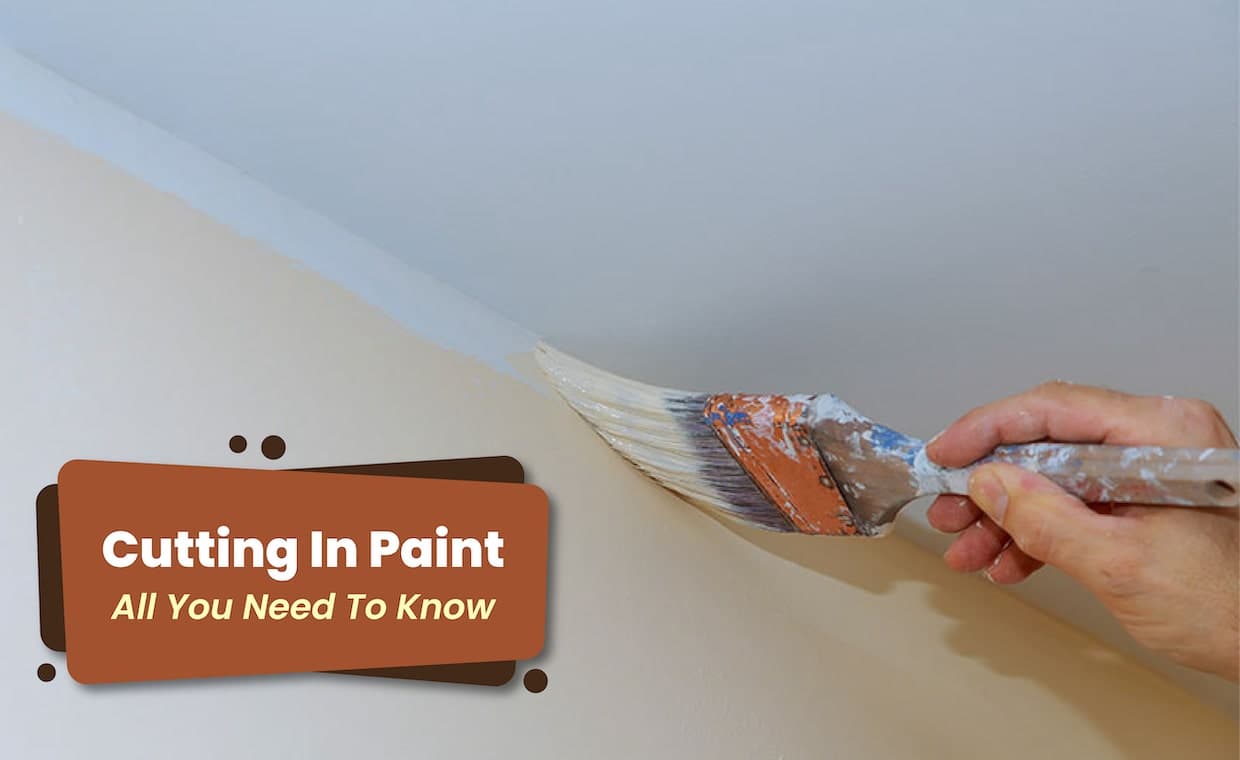
If you are an aspiring painter looking to paint your home interiors, we are sure that you have, at least for a while, had the desire to pull off clean-cut painted walls using only your trusty brush. You will be pleased to know that cutting in paint is possible, and you can paint walls with neat strokes around switch boards and edges, without using masking tape.
Want to know how?
Continue reading this article to know about cutting in and find out how you can achieve perfectly painted edges without masking off. The following is the content list-
- What is Masking Off?
- What is Cutting In Paint?
- Steps on How To Paint Without Masking Tapes
- Expert Tips for Cutting In Paint
- Paint Cutting In Tools
- Tips To Become A Pro At Cutting-Edge Painting
Let’s have a detailed look.
What is Masking Off?
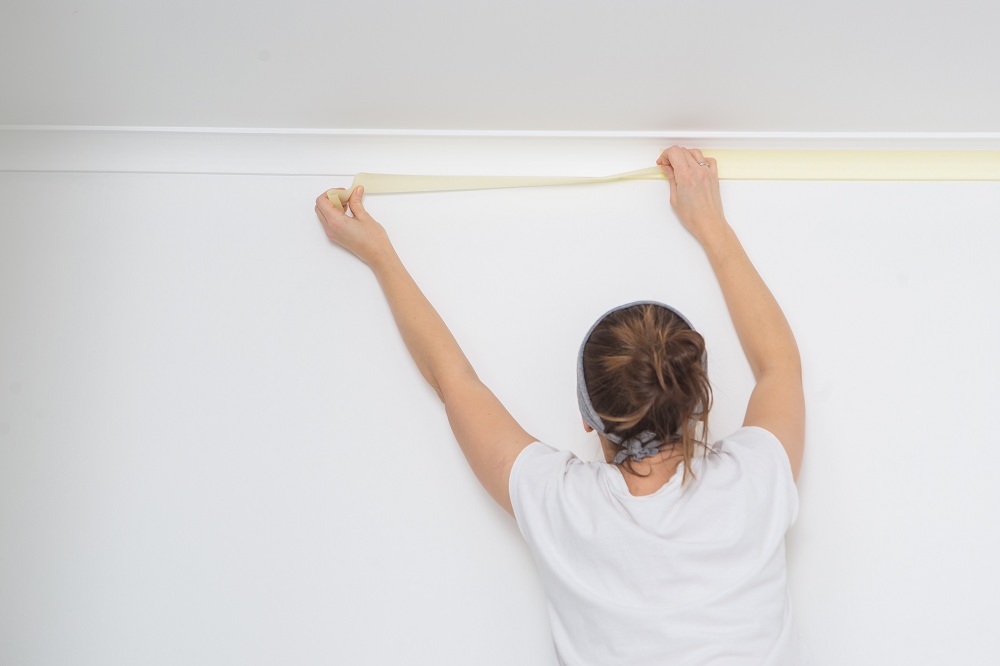
Masking off is the practice of using masking tape (also known as painter’s tape) to stop paint from getting on fixtures. Switches, door knobs, light fixtures, window and door frames, and carpets and flooring are some of the objects house painters mask off when painting walls. Painters also use masking to help them paint straight lines and paint in tight corners.
Note: Although painter’s tape is commonly known as masking tape, it is not the same as the regular masking tape available in the market. The latter has stickier gum that can rip off paint from the walls when removed. Painter’s tape comes off easily when removed without damaging the surface on which it is stuck.
You can learn more about the different types of masking tape for painting.
What is Cutting In Paint?
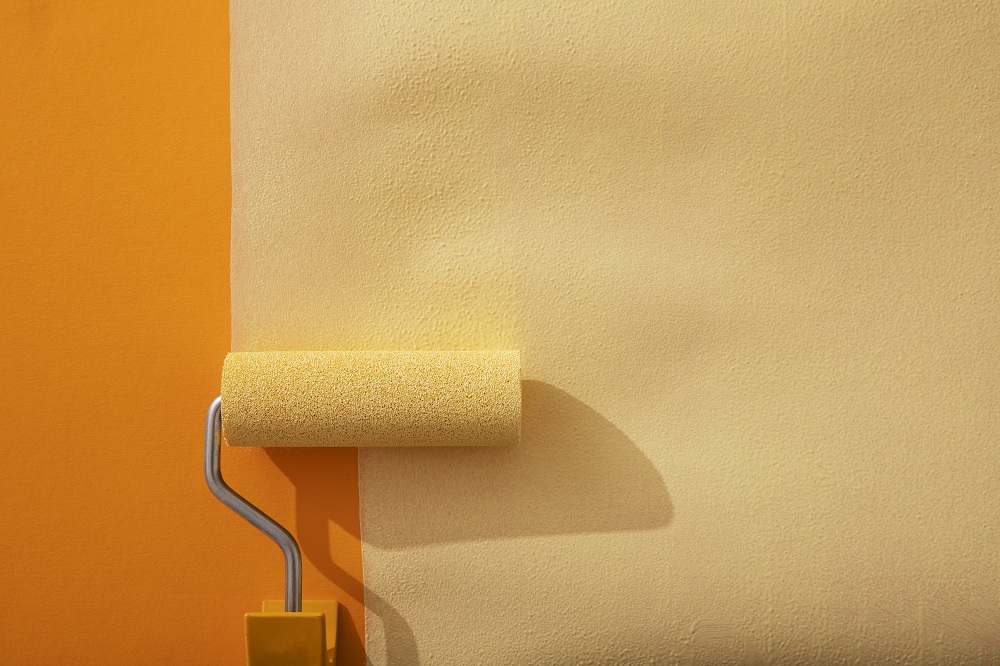
“Cutting in” is when you carefully paint an edge to stop paint from spreading to the adjacent area. It is the method used by expert house painters to paint the corners and around the edges of fixtures and objects without using the masking off technique. This is an acquired skill that requires the user to have a calm mind and a steady hand.
It is difficult to master accurate cutting in skills, but they are crucial for painting projects. Good or bad cut-in determines the outcome of the paint job. Go through the following blog to know the pro tips for maintaining paint consistency during the painting job.
Steps on How To Paint Without Masking Tape

Follow the following steps to know how to paint without masking tape.
Step 1: Load your paintbrush with the colour of your choice. Make sure that the brush isn’t overloaded, otherwise, it will cause a build-up at the end. An overloaded paintbrush will cause paint to run, drip, and sag.
Step 2: Use the pencil grip to hold the brush and cut it into the edge with only the tip of the brush. You get a lot more control over the brush, as well as the release of paint when you cut in with the tip.
Step 3:For cutting-edge painting, don’t start right at the edge. Start cutting in a little away (approximately 75 mm) from the edge and slowly work your way towards it. By doing this, you will get rid of any excess paint on the brush before you reach the edge.
Step 4: Once the brush has reached the edge, move it smoothly across the surface. If you have loaded your brush with the right amount of paint, you will be working on a smooth surface and you should be able to cut in a lengthy distance without needing to stop.
Expert Tips for Cutting In Paint
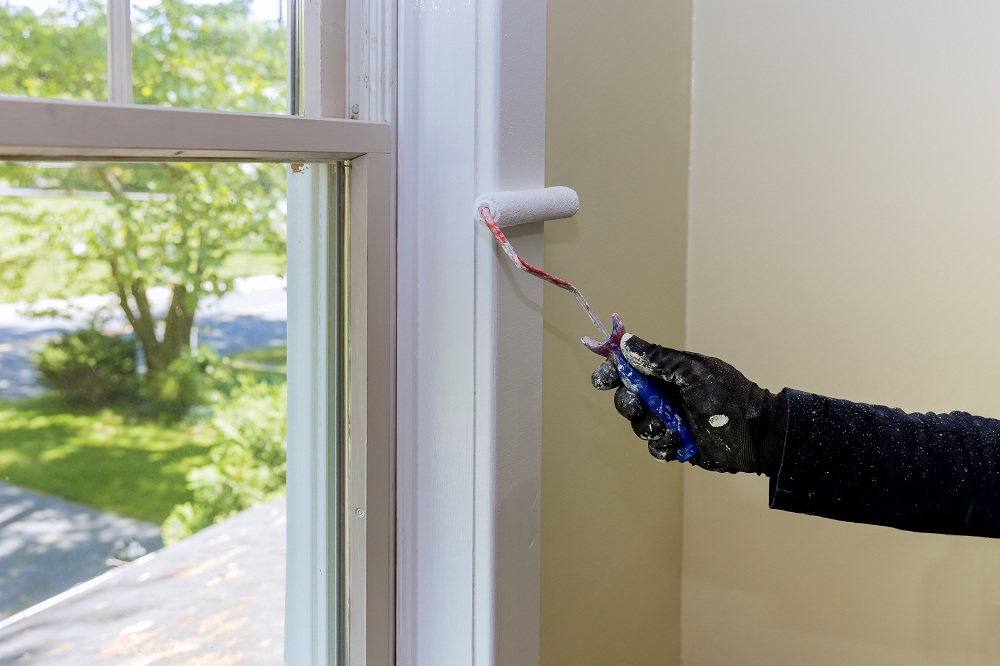
Following are the important painting tips for cutting in paint-
- If cutting in is difficult with a paintbrush, use a small paint pad or other similar tools to get the desired results. Paint pads have square edges and can give you greater control when cutting in. You can use them on smooth and semi-smooth surfaces. They work especially well when you are painting two different wall colours, like when you have planned complementary wall colour combinations for your home interiors.
- If you are using a paint roller and you aren’t getting a smooth finish, switch to a shorter pile or switch to a paintbrush. You can also try applying the paint more thickly so it settles before drying.
- When working with oil paints, don’t apply them too thick as they may not properly dry and result in a soft layer of paint below and waxy skin on top.
Paint Cutting In Tools
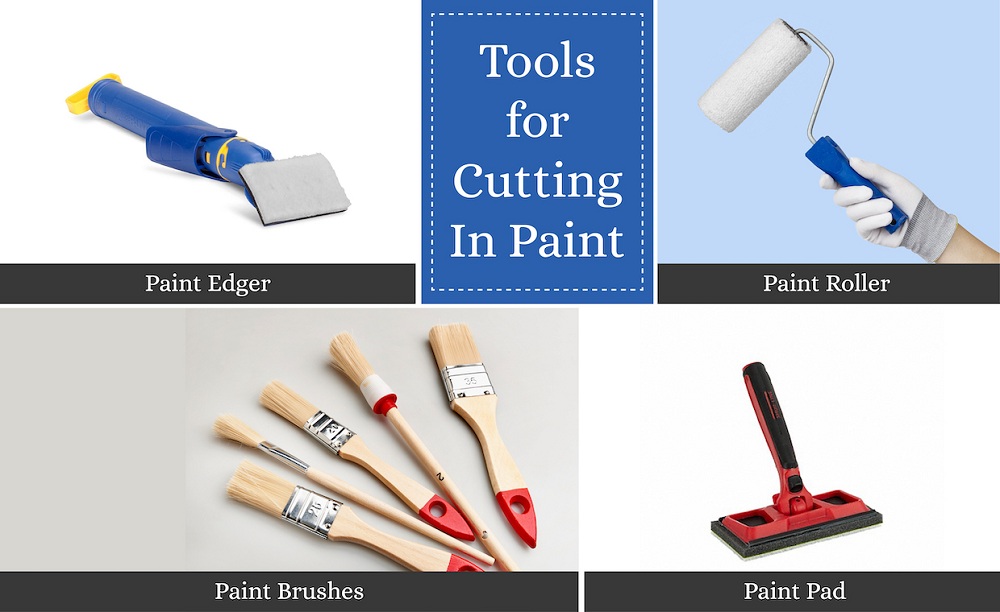
Cutting in is easier if you are using the right painting tools and know how to handle them. Here are some paint cutting in tools professional painters use to cut in paint:
- Paint Edgers
- Paint Rollers
- Paint Pads
- Paintbrushes (Different types of paint brushes like Varnishing Brush, Angled Sash Brush, and Trim Brush)
Tips To Become A Pro At Cutting-Edge Painting

Don’t Hurry
As simple as it may sound, the best way to get the technique right is by working slowly and taking your time. If you rush your work, you are guaranteed to make a mistake. Make sure that you have a calm mind and a steady hand. If you need to rush, use painter’s tape to avoid any mistakes.
Work With Wet Paint Edges
Cut in before or after painting the rest of the area (especially when using a roller) so that the paint edges are still wet. If your edges dry before you cut in or paint the wall, the finishing will look very unattractive.
Work on One Wall or Ceiling at A Time
As most water-based paints have a quick drying time, you will have to work fast so your edges don’t dry out. Finish working on one wall or ceiling completely before starting work on the next surface.
Get Creative
If you are looking for an out-of-the-box solution to painting walls without masking tape, you can try using a hair-tinting brush. The Daily Star, in July 2020, reported on how an individual trying out DIY project used a hair tinting brush as a cheap and easy “hack” for cutting in. Blogger and DIY enthusiast, Zara Parry took to Facebook to share her trick for painting without using masking tape. The trick, she revealed, is to dip the brush into a tub of paint, wipe off the excess, hold the brush horizontally at the top where the wall meets the ceiling, and gently drag the brush from left to right to create a straight, fine line.
Practice
Cutting in is not an easy technique to master, but it isn’t impossible. All you need to do is practice until you get it right.
Reasons to Hire an Interior Painter
While the allure of DIY painting might be tempting, there are several reasons why hiring a professional interior painter is a wise decision.
Safety First
Professional painters are trained to handle paints and solvents safely. They know the importance of wearing masks and using proper ventilation, ensuring that harmful fumes don’t pose a risk to your health or the health of your loved ones.
Quality Finish
An interior painter has the expertise and tools to ensure a smooth and even finish. Their experience allows them to tackle complex patterns, textures, and spaces with ease.
Time-Saving
Painting can be time-consuming, especially if you’re unfamiliar with the process. A professional will get the job done efficiently, allowing you to focus on other important tasks.
Knowledge of Materials
Not all paints are created equal. Interior painters understand the best types of paint for different surfaces, ensuring longevity and a beautiful finish.
Clean-Up
Post-painting clean-up can be a hassle. When you hire a professional, they take care of the clean-up, leaving your space spotless.
To conclude, watching someone paint without masking tape may look cool and easy, but it takes a lot of practice to do the job right and make the result look good. We hope these tips for cutting in the paint will help you make clean and neat lines without masking. Give it a try, and have fun!
Before you leave, know about Gharpedia’s Exclusive Category – Do It Yourself, where you can find a number of interesting and creative DIYs that you love. Here’s one sample-
10 Wall Decoration Ideas with Repurposed Materials!
Image Courtesy: Image 1, Image 6(a), Image 6(b), Image 7
Author Bio
Andrea Noronha – Andrea Noronha is a content writer and editor with over 4 years of experience. Although she comes from a finance background, Andrea is passionate about blogging about interior design. Her other interests include travelling, baking, and digital marketing.
































